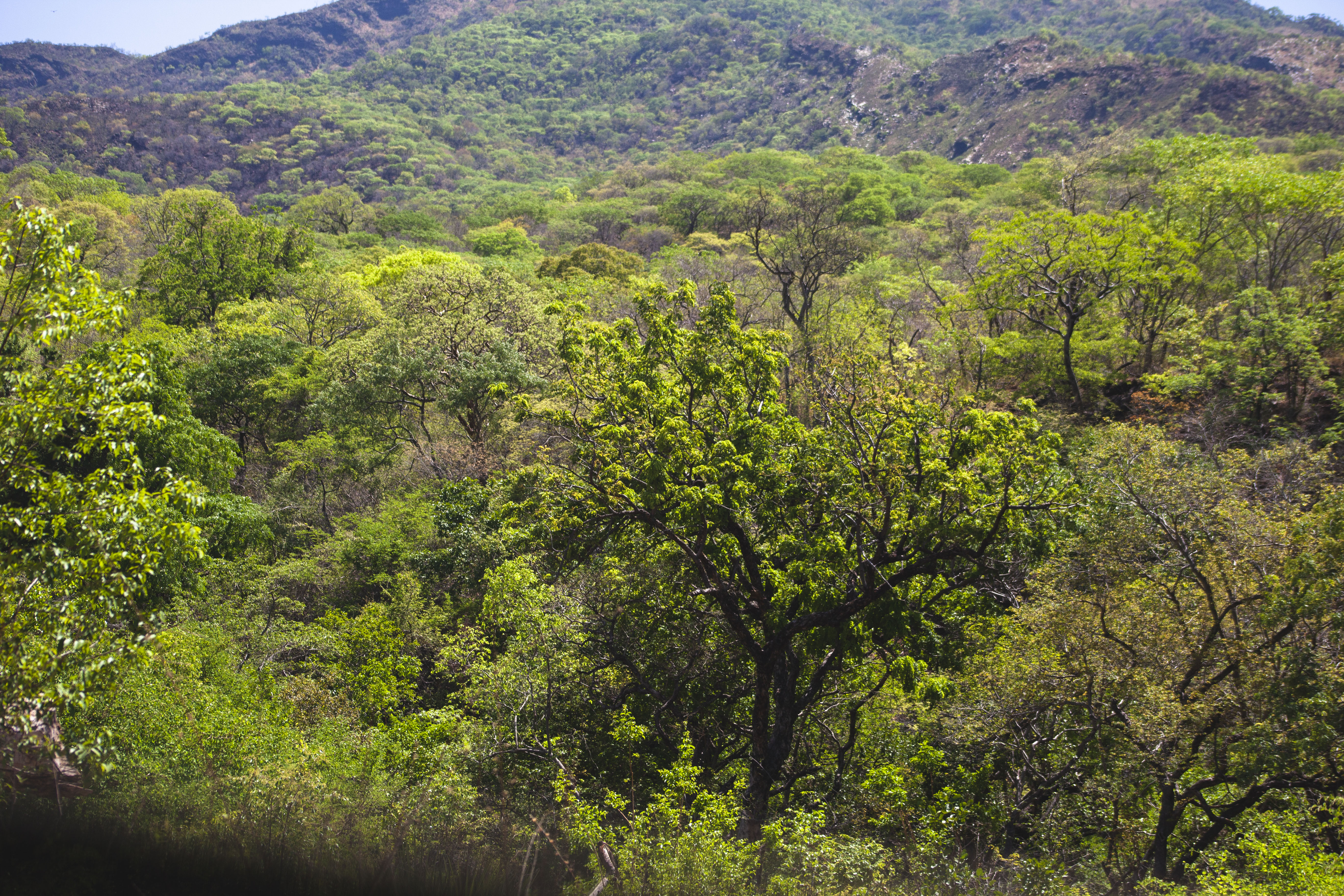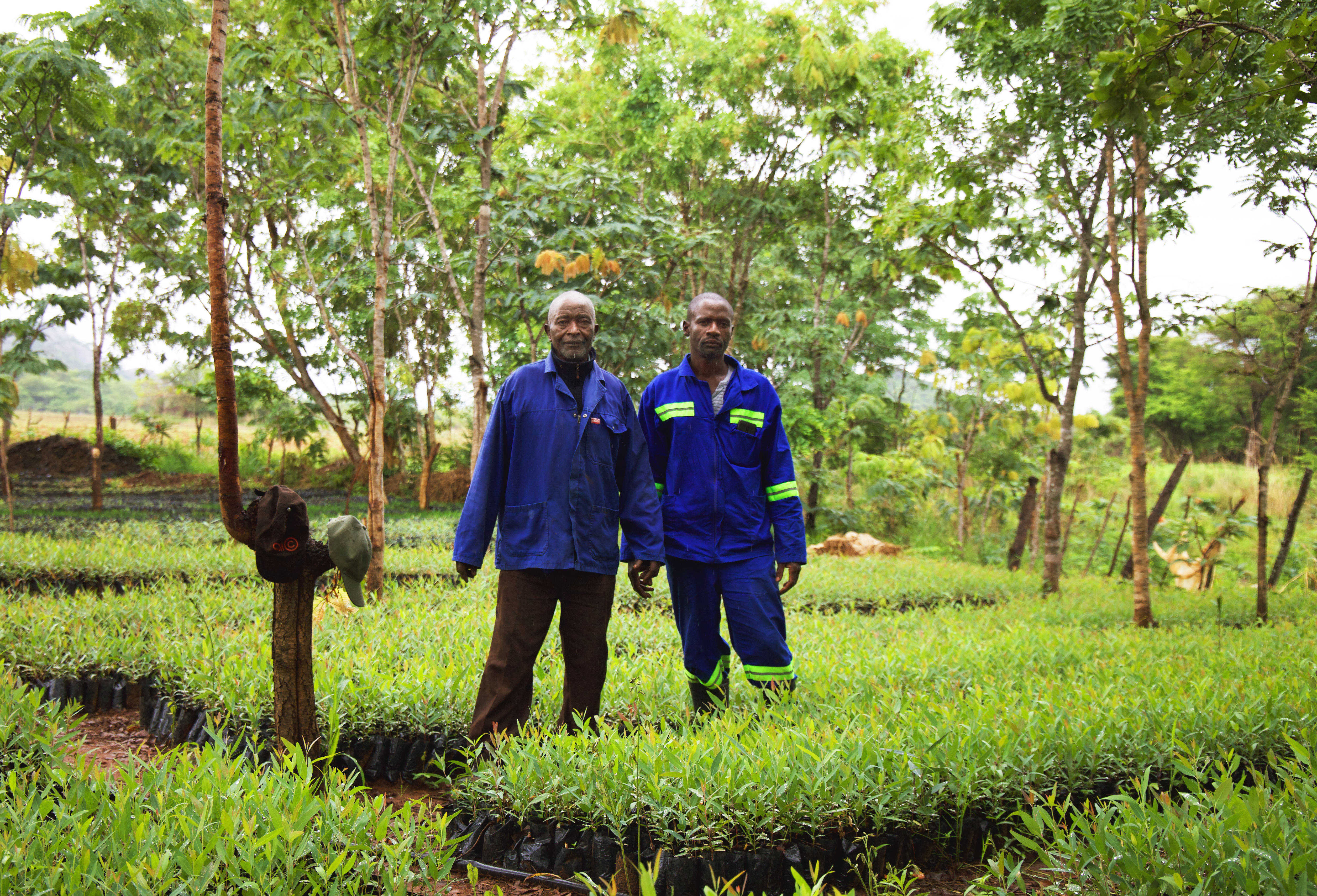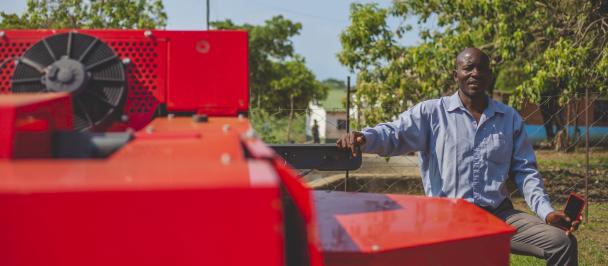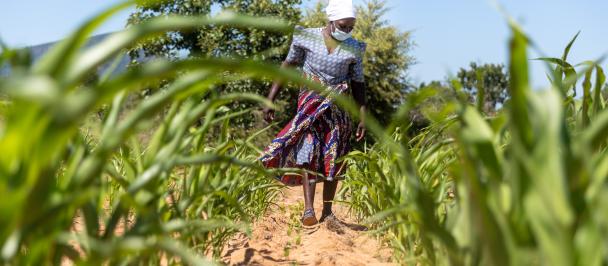Planting trees to combat deforestation in Zimbabwe
Trees have and will always be an important part of life as we know it. They help us halt global warming and provide us with oxygen, they supply us with food, medicine and materials and they provide habitat as well as make up part of vital forest ecosystems. In addition, forests bear cultural and historical meaning to many of us. In short, we depend on trees and forests for our survival. Today, forests cover around 45% of Zimbabwe’s land area, but they are quickly disappearing and degrading. The country hosts some of the most important biodiversity hotspots in the world, yet the rate of deforestation is the highest in southern Africa and is currently one of the major threats to development.
Climate change, mining, land clearing for agricultural purposes, fuelwood collection and veld fires; there are many simultaneous processes contributing to the deforestation of forests in Zimbabwe. Agricultural expansion and mining are currently the main drivers of deforestation and loss of forest biodiversity. At the same time, fuelwood accounts for over 60% of the total energy supply in Zimbabwe and over 9 out of 10 people in rural areas are directly dependent on the forest for cooking and heating. Veld fires also become increasingly common and key indigenous plant species are no longer regenerating. Individually the different processes affecting forests in Zimbabwe might not constitute a big threat, but combined they do. Between 1990 and 2010, the rate of deforestation in the country tripled.
Norman Mapfumo (left) and Fungayi Chikudzo (right) in Muzarabani District are standing in the middle of their prospering tree nursery.
Just as there are many processes contributing to deforestation - there are also many things we can do to combat it. Two of the many people contributing to that cause are Fungayi Chikudzo and Norman Mapfumo in Muzarabani District. In 2019, they switched from farming tobacco on a small scale to setting up a tree nursery. Today they are planting seedlings of over ten different kinds of species, including indigenous trees as well as fast-growing exotic trees such as the eucalyptus gum trees, a multipurpose tree well suited to be used as e.g. building material. In addition to the long-term positive effect the nursery will have on local forests, ecosystems and global climate, Fungayi and Norman are earning a more sustainable and predictable income than before.
December to March is the tree planting season in Zimbabwe, since the rainy season provides the necessary moisture needed for the seedlings to grow. The Government of Zimbabwe has set aside the first Saturday of December as National Tree Planting Day, a Forestry Commission flagship campaign aiming to plant and conserve trees. Over the course of 6 years, the UNDP supported Zambezi Valley Biodiversity Project is aiming to plant no less than 2 million trees as part of the efforts to conserve biodiversity in the region. Reforestation efforts are vital. Combined with a social and economic perspective, efforts like this one contribute to combatting deforestation and climate change as well as achieving the Sustainable Development Goals in Zimbabwe.

 Locations
Locations




